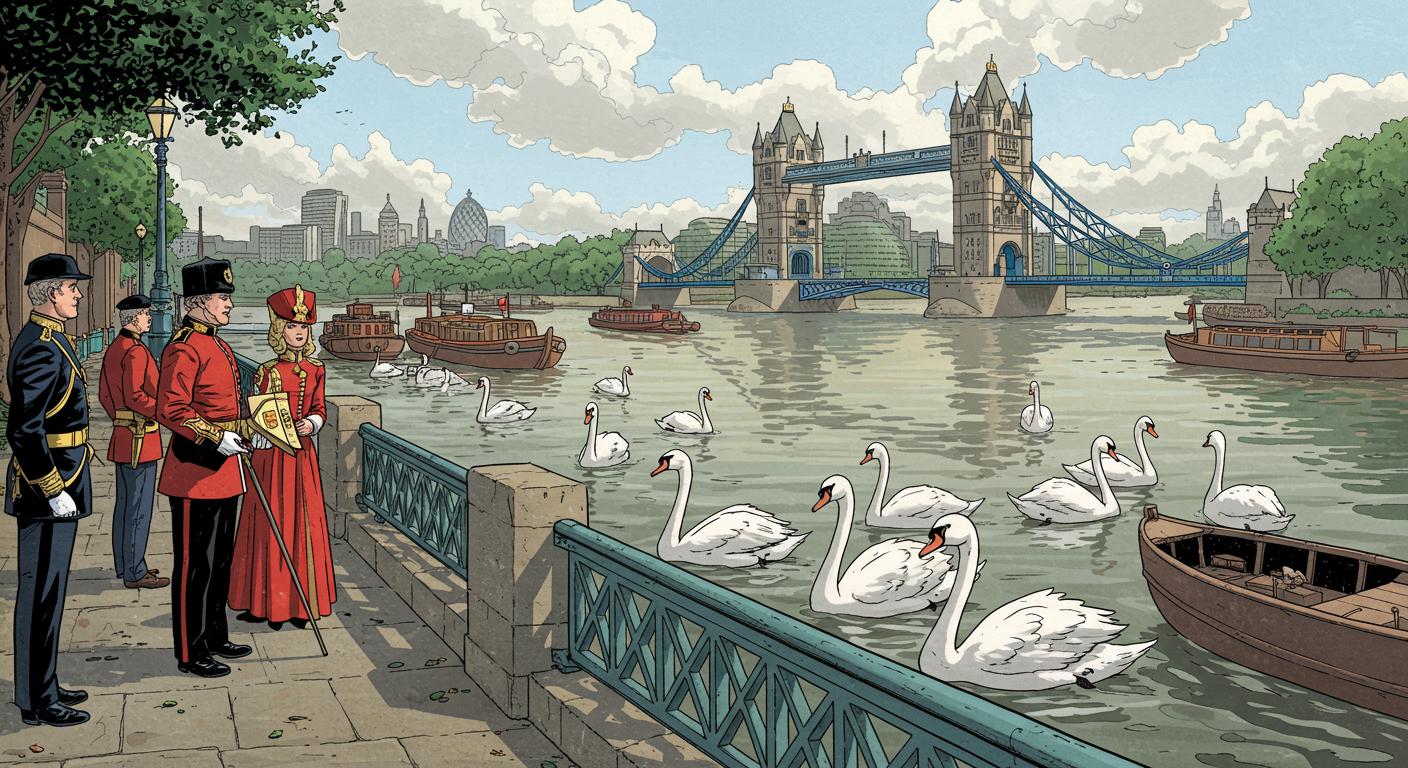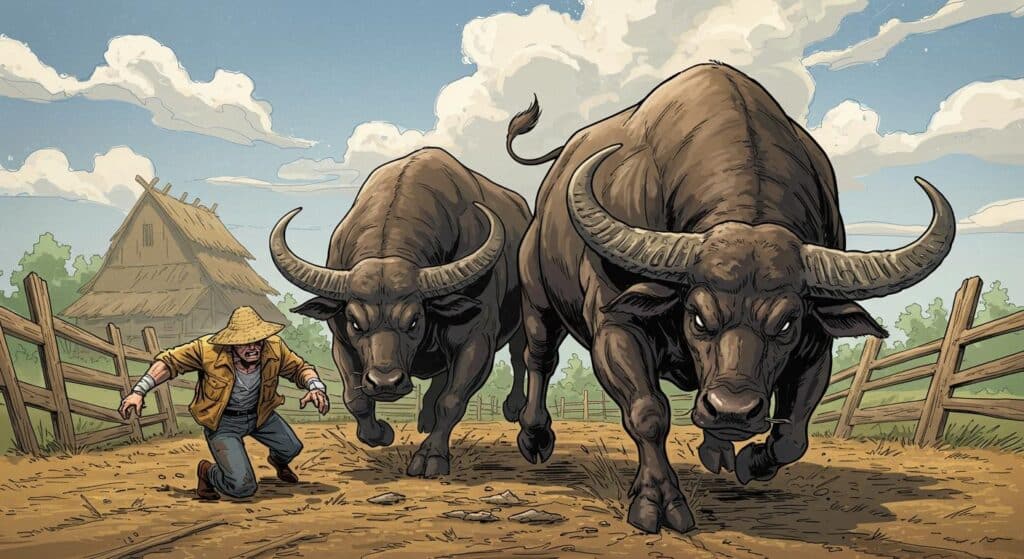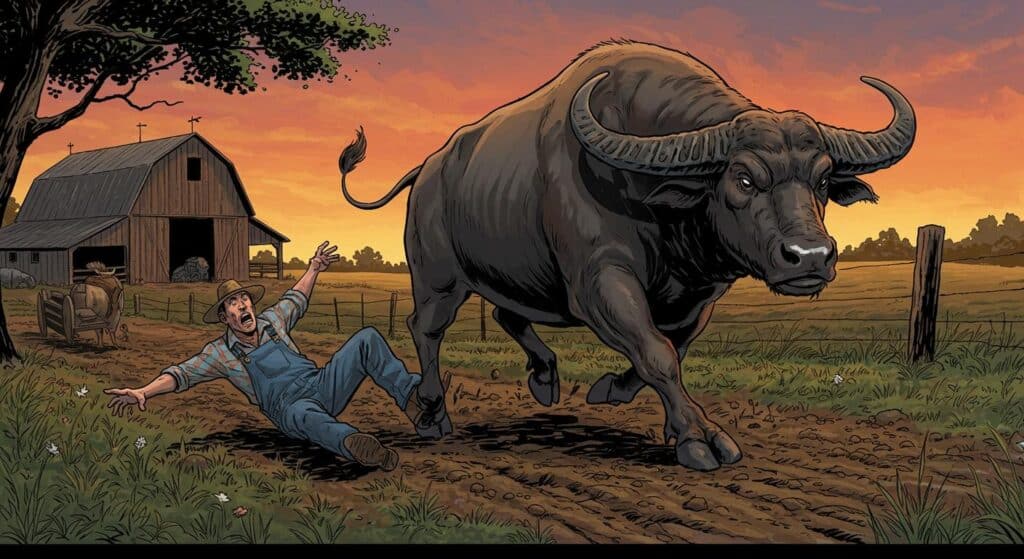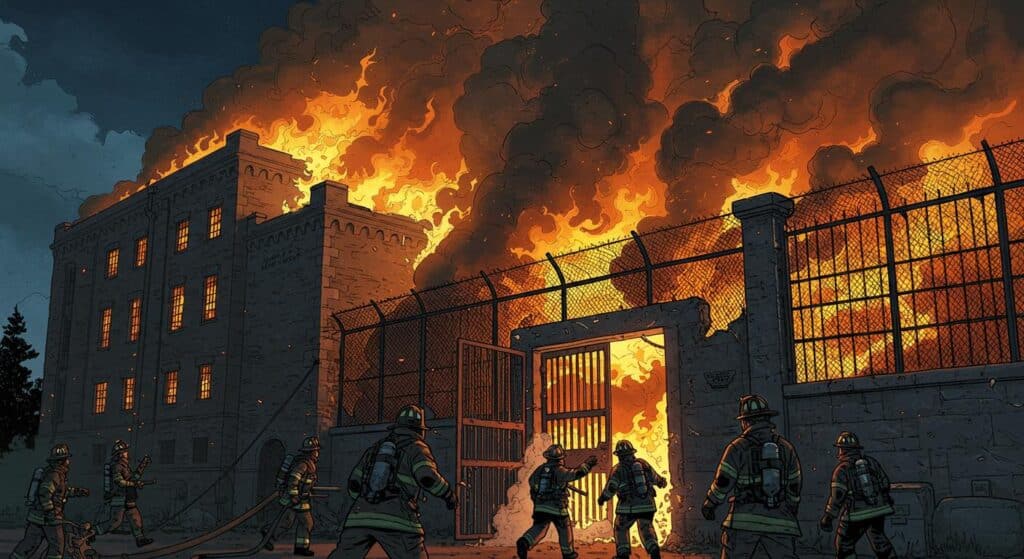There are few annual events as gloriously specific—or oddly persistent—as Swan Upping, the five-day census of mute swans along a winding stretch of the River Thames. Once a practical inventory for royal banquets, now a theatrical lesson in hands-on conservation, this centuries-old ritual is underway once more. Scarlet-clad oarsmen glide in wooden skiffs, and somewhere in the commotion, a mildly befuddled swan is measured, inspected, and returned to the water, possibly pondering the existential hazards of living along the Thames. As the Killeen Daily Herald reports, this year’s royal swan roundup opened on Monday, proving that, in 2025, Britain remains unafraid to mix ceremonial pageantry with its birdwatching.
The Royal Swan Claim (Yes, It’s Still a Thing)
One of the more obscure monarchical titles, Seigneur (or Lord) of the Swans—in this case, King Charles III—is still in play. Both the Killeen Daily Herald and the Hamilton Spectator recount how, by ancient custom, mute swans found in Britain’s open waters are considered royal property. The tradition’s roots run deep: back in the 12th century, when swans featured on the menu at royal feasts, keeping geriatric tabs on them made functional sense.
David Barber, who has held the title of King’s Swan Marker for more than three decades, leads the event—adorned in a scarlet jacket and a hat crowned with an actual swan feather. As he explained to both outlets, the ritual offers more than just a link to history; it serves “a very useful purpose” in monitoring the population and health of these increasingly vulnerable birds.
Swan Upping: High Pageantry, Low Drama (Mostly)
A team of “Swan Uppers”—a term equally suited to a Monty Python sketch or a 700-year-old guild roll-call—prowls the river each July. Their uniforms are color-coded: red for the king’s oarsmen, white for the Worshipful Company of Vintners, and blue stripes for the Worshipful Company of Dyers. Described by the Hamilton Spectator, these last two are London trade guilds whose medieval swan-renting privileges have, somewhat bizarrely, survived into the e-reader era.
Whenever a swan family is spotted, the call of “All up!” rings out (the sort of phrase you can only imagine bellowed from a wooden boat), and the crew surrounds the birds. Each swan is examined for disease or injury, measured, and—unless there’s a compelling reason otherwise—released unharmed. In a detail highlighted in both sources, the health check offers a crucial snapshot, with veterinary oversight ensuring the event is more public health exercise than mere old-timey spectacle.
The Numbers Game—and Not in Swans’ Favor
Beyond all the ceremonial flourish, the Royal Swan Audit delivers sobering news. According to the Killeen Daily Herald, declining swan numbers have become an annual concern—last year’s count located only 86 young birds, a drop of 45% from the year prior. David Barber attributed this sharp fall mainly to avian flu, but noted broader threats as well: pollution, vandalism, and plain old human malice. The Hamilton Spectator also observes that, despite these alarming figures, Barber struck a cautiously optimistic note this year: 16 new cygnets had been tallied at the end of the first day.
The census, which started in Sunbury (on London’s suburban fringe) and travels 80 miles upriver to Abingdon, continues throughout the week. As both outlets document, the colorful convoy is as much a rolling history lesson as an avian roll call—replete with guild banners, ceremonial feathers, and more than a little riverbank curiosity from passersby.
A Festival of Feathers and Irony
It’s hard not to marvel at Swan Upping. This annual pageant, born of culinary necessity, persists today as an odd-yet-effective slice of royal wildlife management. The modern twist is clear: These swans now enjoy protected status, with the Lord of the Swans and his costumed retinue acting as guardians instead of gourmands. A bit of theater remains—a reminder, perhaps, of the value Britain places on keeping its odd traditions slightly more vivid than strictly necessary.
Does this elaborate river pageant serve as an ingenious blending of heritage and conservation, or does it simply spotlight our inability to let curious medieval laws die a dignified death? Regardless, at least this week on the Thames, a small parade of scarlet, white, and blue continues gliding upriver, reminding both swans and humans that some customs, like certain birds, just refuse to be phased out.







